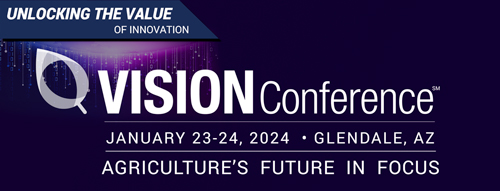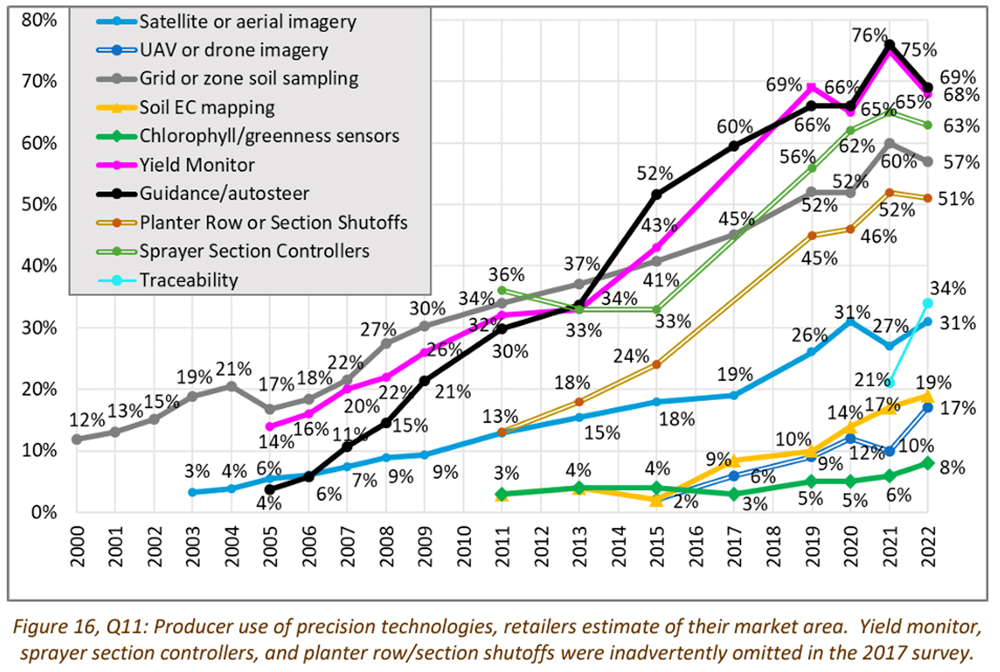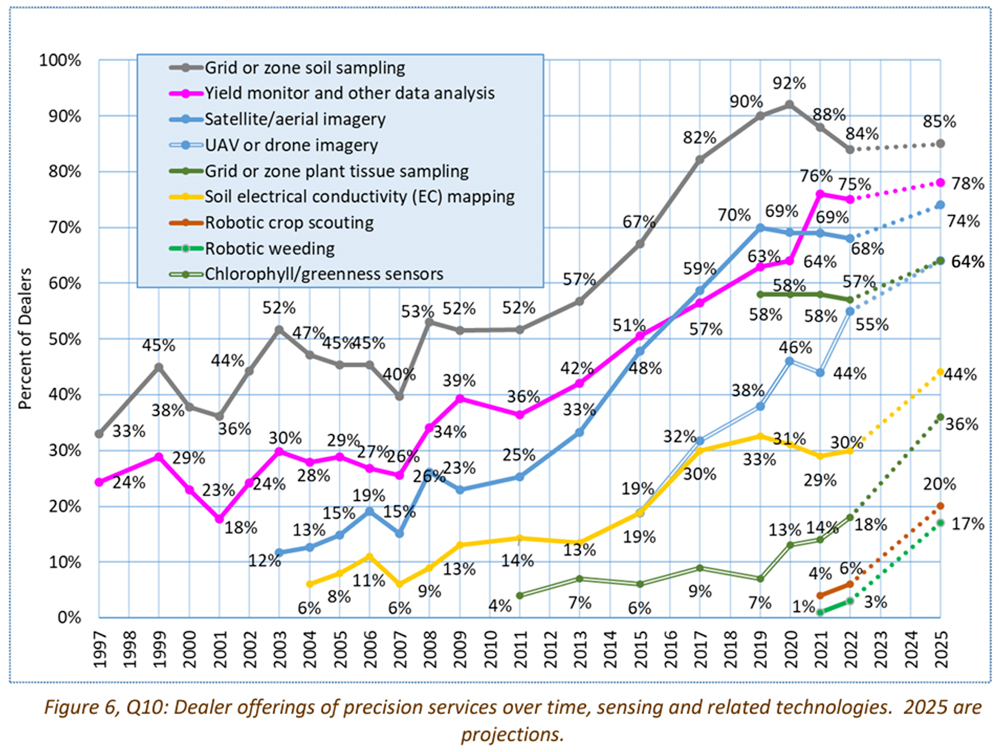Digitization

Executive Primer
Scroll Down to Read
By Kevin Krieg, Director,
Business Development,
IntelinAir Inc.

Digitization in agriculture encompasses the integration of advanced technologies that include the Internet of Things (IoT), artificial intelligence (AI), data analytics, remote sensing, etc. Together, these technologies enhance the collection, exchange, combination, analysis, and access to digital content necessary to make data-driven decisions, as well as unlock new solutions to challenges on the farm and across the supply chain.
Digitization has the potential to increase efficiency and overall productivity. This holistic approach leverages data-driven decision-making to optimize various aspects of farming, from irrigation and fertilization to crop protection and seed selection. Moreover, it enables automation and autonomy in equipment, grain conditioning, and scouting processes.
Data-Driven Decision Making
The digitization of agriculture presents considerable opportunity for improvements in farmers’ productivity, environmental footprint, and risk management, including using pooled data from IoT devices, sensors, and satellites to make informed decisions in real time.
According to Purdue University and CropLife Magazine’s 2022 Precision Agriculture Dealership Survey, dealers report pooled customer data has the most influence on phosphorus and potassium fertilizer decisions, more than any other at 45%, and also for liming decisions. About a third report hybrid/variety selection, pesticide selection, and nitrogen decisions are majorly influenced by on-farm pooled data.
Conversely, while pooled data had little influence on management decisions (blue plus green in Figure 9 below) and localized on-farm practices, data itself played a role in every aspect of modern farming – and its use from a variety of sources has skyrocketed over the last decade.

Again, referencing the 2022 Precision Agriculture Dealership Survey sponsored by Purdue University and CropLife Magazine, the changes over time in the percent of the market area of various precision ag technologies used by farmers are noted in Figure 16.

Challenges to Digitization
Data Silos: While there has been much progress made over the last several years, the ag sector is still challenged with the fragmentation of data sources and systems to enable seamless data sharing and integration. While several ag tech companies are working to remove data silos through new forms of collaborations across the food supply chain. Ultimately, fully integrated data sets – and broadly pooled data – will offer a greater level of value and insights on and off the farm.
Farmer Engagement
Farmers’ perception of data ownership and value has changed over the years; however, additional support and education are needed to harness the full potential of digital ag. As farmers learn from each other, connecting long-term adopters with non-adopters has helped increase adoption rates of new digital tools and data. Additionally, gaining a better understanding of how digital ag improved profitability has improved adoption over time.
Outlook
Over the years, there has been an ever-changing mix of precision products and services available to farmers and agribusinesses. Following a decade of very slow growth, a big upswing in many precision offerings occurred from 2011 to 2020 (Figure 6 below), and continued growth in all offerings is projected by 2025.

The future of digitization in agriculture hinges on collaborative efforts. Digitization in agriculture is not a one-size-fits-all solution, and it requires collaboration across the entire ag ecosystem. This collaborative approach will help foster innovation and unlock the full potential of digitization, resulting in a more productive and sustainable industry. •

